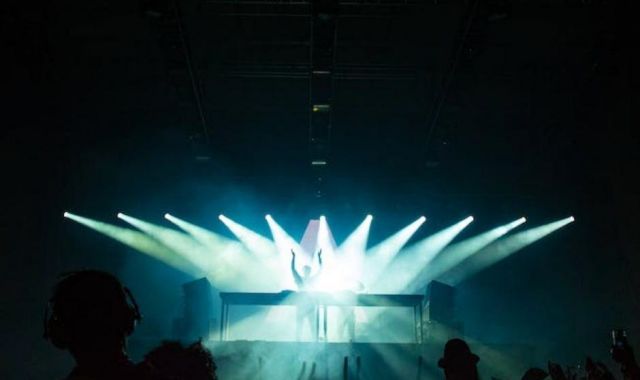

As the sun sets and the stage lights come to life, a sea of illuminated faces radiates pure joy and excitement. With the pulsating beat of the drum, the sharp echo of the guitar, and the intoxicating blend of rhythms and melodies, you know you’ve entered the fantastic world of a music festival.
There’s something magical about standing among a crowd of strangers, all united by your shared love of music. The air buzzes with energy, and the connection you feel with the people around you is palpable. You might have come to see your favorite band or to discover new artists, but you leave with so much more: a sense of community, unforgettable memories, and a newfound appreciation for music and its power to bring people together.
But beyond the thrilling stage performances and late-night dance parties, there’s another side to music festivals that often goes unnoticed. It’s the meticulous planning and organization that goes into creating not just an event, but an experience. It’s the tireless efforts of event organizers, venue staff, and performers, all working together to produce an unforgettable spectacle.
Key to this process is understanding the audience. Detailed audience insights aid in shaping the festival around the preferences and expectations of the attendees. This could range from the selection of artists and genres, the choice of venue, the layout of the event, the kind of food and drink options available, to even the type of merchandise sold.
For instance, a festival focused on rock and metal might feature edgier, more underground artists and be hosted in a gritty, urban setting. The food stalls might serve hearty, comfort food, and the merchandise could include band t-shirts and vinyl records. On the other hand, a folk music festival could take place in a serene, outdoor location, with food and drink options focusing on local, organic produce and merchandise that reflects the earthy, rustic vibe of the music.
Music festivals have also become platforms for promoting environmental sustainability. Attendees are encouraged to use reusable cups and containers, and recycling stations are prominently featured throughout the venue. Some festivals even have “clean up” crews who scour the ground picking up litter to keep the festival site as clean as possible.
Another interesting aspect is the economic impact of music festivals. They generate significant revenue not just for the organizers, but also for the host cities. Local businesses benefit from the influx of festival-goers who need accommodation, food, and transportation. The ripple effect extends to local artists, craftsmen, and other vendors who find festivals a lucrative platform to showcase and sell their products.
The world of music festivals is complex and fascinating, much more than what meets the eye of a casual attendee. It’s a testament to the power of music and community, and the deep insights it offers into audience preferences and behaviours make it an intriguing study for anyone interested in entertainment and culture.